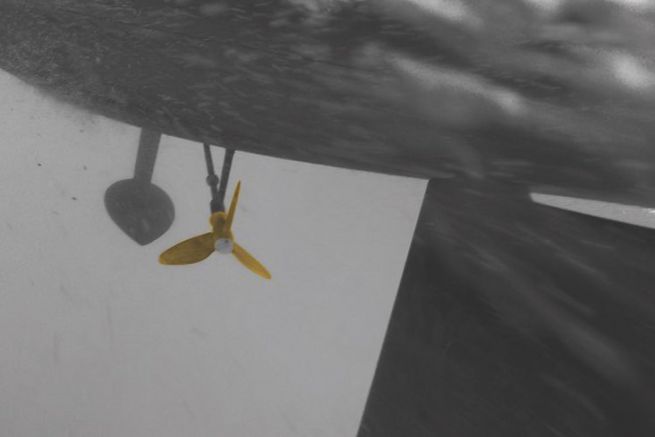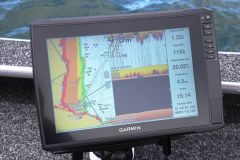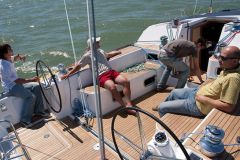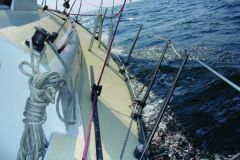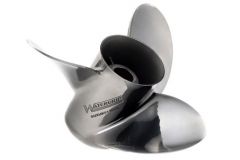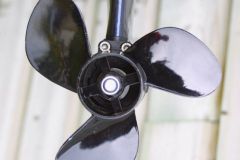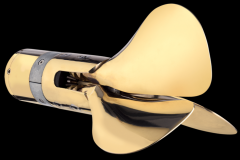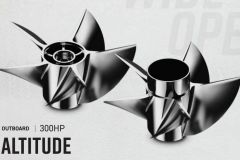Max-Prop has been manufacturing feathering propellers for 45 years. He even invented this type of propeller in 1972. Originally, a hole in the IOR gauge favoured feathering propellers over duck slats (folding blades). These propellers (originally two-bladed) were quickly adopted by sailors. But demand has evolved and today Max-Prop is developing its new propellers to meet the ever-increasing power of engines in cruising yachts.
Indeed, the inboard engines of sailboats are gaining in power. However, the space between the propeller shaft and the hull under the boat does not increase. How do you get all the power from the engine to the propeller when you can't increase its diameter? For this purpose Max-Prop develops its propellers with 3, 4 and now 5 blades.
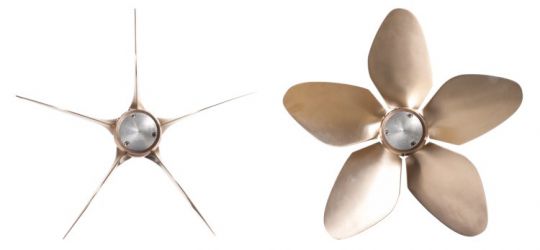
Flagging by water pressure
The operating principle of the Max-Prop propeller is simple. By engaging the motor, the torque forces the blades to open and stand against a stop. The propeller offers the maximum propulsion. If the reverse gear is engaged, this same torque reverses the thrust on the blades that are positioned on the second stop. In less than one propeller revolution, the blades are reversed. So even in reverse, the propulsion is still as efficient as ever. Thus the Max-Prop propeller is as efficient forward as backward (unlike a fixed blade propeller).
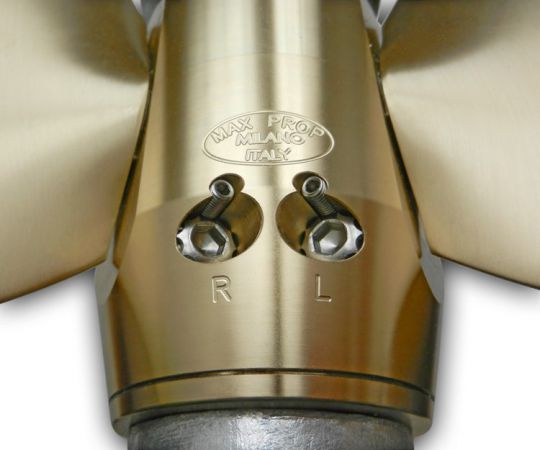
The adjustable step even under water
Max-Prop propellers have an adjustable pitch to adjust the maximum engine speed as best as possible. The manufacturer gives a basic setting according to the boat when he offers his propeller. But if the boat is particularly loaded, for example, it is possible to adjust this setting. This adjustment is done by replacing the blade opening stop screw. There is therefore an adjusting screw for forward and a screw for reverse. The same forward/reverse setting can be used, but it is also possible if more torque is required backwards to facilitate porting, increasing the propeller pitch with a different setting. This adjustment is done by changing a screw. It can therefore be done underwater without taking the boat out.
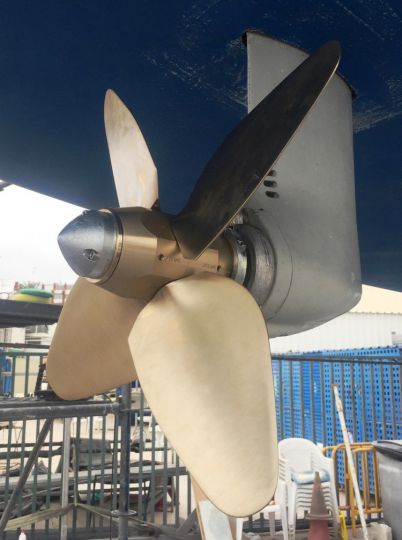
Low maintenance
The Max Prop are known for their reliability, sailing performance with little drag, but above all the power and torque transmitted to the propeller for easy port manoeuvring, whether forward or backward.

 /
/ 